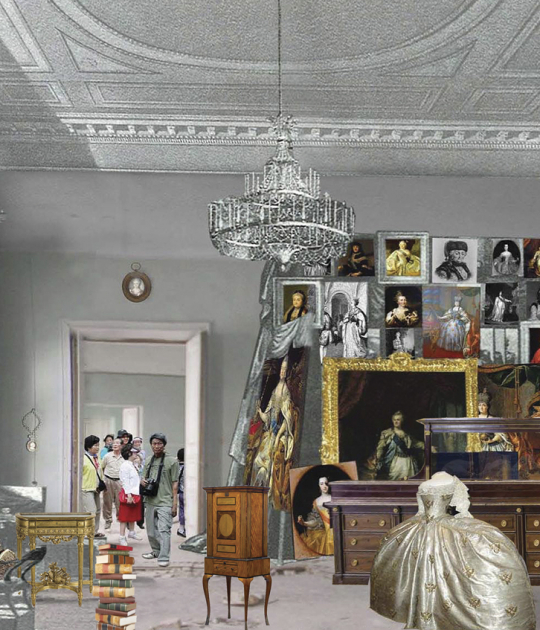Josep Lluís Sert (Barcelona, July 1st, 1902 - March 15th, 1983) was a son of aristocrats and a republican who dedicated himself to introducing modern architecture in Spain. During his life he became interested in the work of Antoni Gaudí and Josep Maria Sert, his uncle.
He was a student at the School of Architecture of Barcelona. He traveled to Paris in 1926, where he studied the work of Le Corbusier, whom he met there. After a year, he joined the studio of Le Corbusier, with whom he collaborated for several years. In the year 1930 he began to project his first buildings. Of this period we can highlight the Antituberculosis Dispensary and the Housing Building on Muntaner Street, located in Barcelona.
Sert was one of the founders of GATEPAC, Grupo de Artistas y Técnicos Españoles para el Progreso de la Arquitectura Contemporánea. The purpose was to be the Spanish branch of the International Congress of Modern Architecture (CIAM). This was constituted by the initiative of Fernando García Mercadal in 1930 to extend the rationalist style that was taking place in Spanish architecture. In Catalonia the name became GATCPAC, Grup d'Arquitectes i Técnics Catalans del Progrés de l'Arquitectura Contemporánea. In addition, Josep was present at the initial CIAM meetings since 1929. Josep, after Le Corbusier, would end up being the president. The most relevant members were José Manuel Aizpurúa, Antoni Bonet i Castellana, Fernando García Mercadal, Josep Lluís Sert and Josep Torres Clavé.
After the Civil War was persecuted by the government of the dictatorship. He was disqualified from exercising his office, so in 1941 he left for the United States. There he created the Town Planning Associates study of architecture and urbanism that worked on numerous urban planning plans for cities in South America, such as the pilot plan for Havana.
He worked as an architecture professor at Yale University. Later he became dean of the School of Design at Harvard University from 1953 to 1969. With his current influence, he set up programs of architecture, landscape and urban design that would enlighten many of the leading architects of our time. He also participated in the Advisory Council of the Grham Foundation in Chicago, Illinois. During that period of time he founded a new architectural firm in Massachusetts, which ended up associating with Ronald Gourley and Huson Jackson. Joshep Zalewski was the Associate and continued to be in the firm Sert, Jackson and Associate founded in 1963. The firm was responsible for a large number of projects known as the Maeght Foundation, the Miró Foundation and a series of buildings for Harvard University as the Science Center, Peabody Terrace or the Holyoke Center. Sert collaborated with Le Corbusier in 1961 in the United States to design the Carpenter Center for the Visual Arts at Harvard.
Work.-
Rosselló housing building (1929).
Duclós House (1930).
Josefa López House Building (1931).
Bloc House (1932-1937).
J. Roca Jewelry (actualmente, Tous) (1934).
Antituberculous Dispensary (1934-1938).
Project City of Rest and Vacation(1934).
Project City of Rest and Vacation (1935).
Pavilion of the Spanish Republic (1937).
Republic Pavilion (Posthumous Reproduction of 1992).
(Old) United States Embassy in Iraq (1955-1960).
Joan Miró's Studio (1956), Sert House(1957-1958).
Holyoke Center (1958-1965).
Maeght Foundation (1959-1964).
Center for the Study of the World's Religions (1960).
Peabody Terrace (Harvard Student Apartments) (1962-1964).
Campus of the University of Boston (1960-1967).
Joan Miró Foundation (1972-1975).
Les Escales Park (1973).
Science Center (1973).
Residence of MIT students (New House) (1973).
Caixa Catalunya headquarters project (1976).
La Porta Catalana (1977).
Awards.-
Gold Medal of Architecture of Spain in 1981.
Gold Medal of the Generalitat in 1981.
AIA Gold Medal of America 1981.
Gold Medal of Merit in the Belllas Artes of Spain in 1982.

























